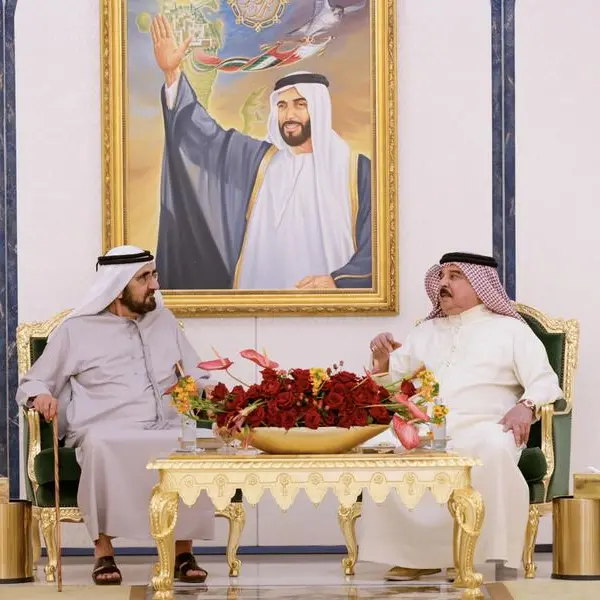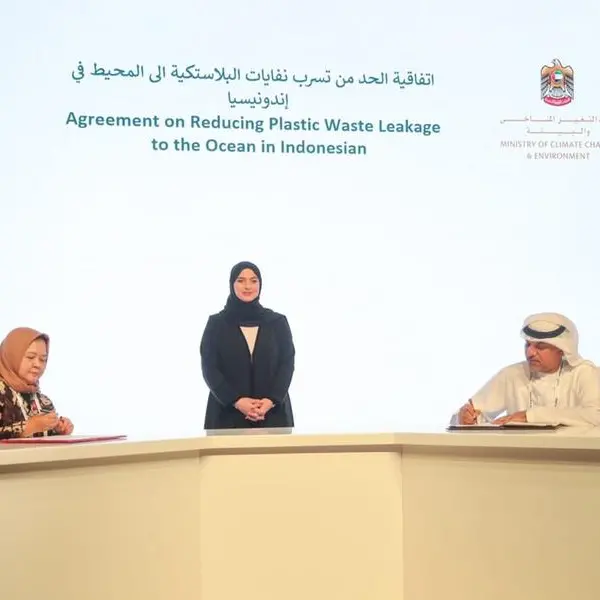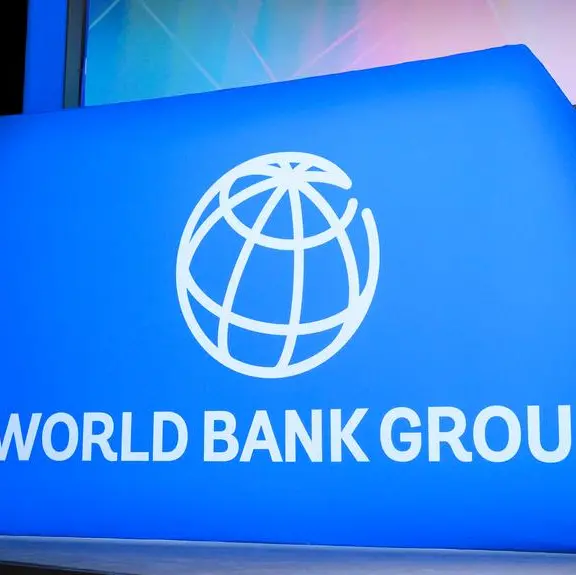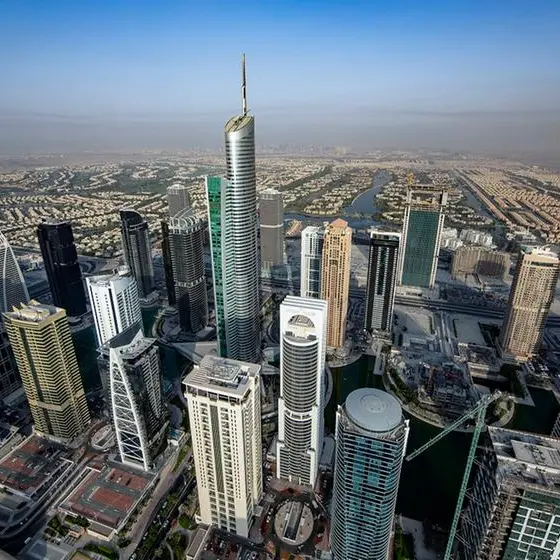PHOTO
Following the collapse of oil prices in mid-2014 and growing pressure to balance the fiscal budget, the Saudi leadership, headed by King Salman and Crown Prince Mohammed bin Salman, launched Saudi Vision 2030.
Vision 2030 aimed to reduce Saudi Arabia’s dependence on oil revenue, transform and diversify the economy, and improve public sector services. Other goals included enhancing the quality of life of the country’s citizens, increasing employment, and improving health, education, recreation, tourism, e-government services and infrastructure.
Crown Prince Mohammed bin Salman observed that Vision 2030 is an ambitious yet achievable blueprint that expresses Saudi Arabia’s long-term goals and expectations, and reflects the Kingdom’s strengths and capabilities. Achieving Vision 2030 is based on three strong pillars: A vibrant society, a thriving economy and an ambitious nation.
The strategic concept of Vision 2030 in its infancy called for change to tackle the inevitable challenges brought about balancing the fiscal budget and addressing the collapse of oil revenues.
Knowing the problem is half of the solution, so the leadership conferred with international consultants to deliver strategies to achieve the ambitious long-term goals of Saudi Vision 2030.
Consultants and experts delivered a state-of-the-art strategy. One challenge concerned the people chosen to execute and deliver the strategies, programs and initiatives of Vision 2030. The long-term vision requires agile, efficient, motivated, well educated and experienced individuals, in order to strengthen and achieve the programs and initiatives.
Part of the launch of Vision 2030 involved programs and initiatives such as the National Transformation Program and the establishment of Vision Realization Offices in Saudi ministries. Moreover, various government institutions were merged to support efficiency, deliver change, and promote an agile strategy to achieve the goals and objectives of the long-term strategy.
Before the launch of the long-term vision, public sector services often failed to meet the expectations of citizens in delivering satisfactory services.
To achieve the goals and objectives of Vision 2030, the Saudi leadership trained civil servants and employees, and recruited private sector executives to lead the transformation.
Recruiting private sector executives for leadership positions in the public sector reflected the strategic objectives, promoted a new approach in the public sector, and enhanced public-private networks and partnerships.
Achieving Saudi Vision 2030 and the associated restructuring of government institutions has led to several dramatic shifts in public sector institutions.
Dr. Turki Faisal Al-Rasheed
The transition of private sector executives to the public sector requires considerable motivation to adjust to organizational, cultural and personal differences.
One of the main factors in enabling private sector leaders to transition into the public sector was the opportunity to be part of a transformation that would impact the Kingdom and region at large.
They wanted to be part of a team that builds a future for the new generations to come, and they saw significant opportunities to learn and grow by being a part of government.
The typical challenges that face private sector leaders moving to the public sector are the extensive processes, policies and procedures required to achieve change. Leaders need to learn and re-learn government office protocols and communications. They need to learn the procedures to receive approval from multiple levels of the government’s chain of command. And finally, they need to learn how to work with public sector stakeholders.
Achieving Saudi Vision 2030 and the associated restructuring of government institutions has led to several dramatic shifts in public sector institutions.
One policy shift that created organizational change involved the end of a damaging stereotype of civil servants: That they work fewer hours and are less productive than private sector workers. Now, civil servants and young people are motivated to work long hours and want to be part of Vision 2030’s success.
Institutions have also reformed, and are providing outstanding services with dignity to service receivers. Examples of this include passport, national ID, driver’s license and resident ID services, on top of health, legal (marriages, divorce, power of attorney) and company services. Outdated bureaucratic processes were removed when the government provided e-services to citizens and residents. Now it is all available online.
There are differences in organization culture between the public sector and the private sector.
In the public sector, making no decision is preferable to making the wrong decision. Additionally, the concept of mujamala (accepting something out of politeness) and the tendency of some long-term legacy government employees to adopt an “us vs. them” attitude toward private-sector recruits is still evident, according to research by the Misk Foundation and the Center for Creative Leadership Private-to-Public Transition.
The culture in public sector jobs is attractive because of shorter working hours, less work pressure and more job security, while private sector culture is a place for professional development. People who prefer private sector jobs therefore tend to be more dynamic and talented than those who choose to work in the public sector.
However, there have been successes in the public sector, with civil servants becoming better public servants and agile leaders, and an increase in coordination among various institutions. The shift in civil servants’ capability and capacity to deliver programs and initiatives has been enormous. We can see the success reflected in public health, e-services and e-commerce, and good information technology. What Vision 2030 created is coordination and support for one another.
The participation of stakeholders is paramount to the success of Saudi Vision 2030. Achieving the goals and objectives of the long-term vision requires the coordination and cooperation of the private sector, public sector and the engagement of citizens. Stakeholder engagement is one crucial part for success in the delivery of programs and objectives.
Some of the successes of Saudi Vision 2030 are manifested in the leadership’s dedication to delivering successful programs that increase the quality of life of the Kingdom’s citizens and residents. This is evident in the recently published 2021 World Happiness Report, where Saudi Arabia ranks first in the Arab world and 21st globally, according to the UN Sustainable Development Solutions Network.
Saudi Arabia maintains high levels of confidence as one of the most trusted governments in the world, according to the results of Edelman’s 2021 Trust Barometer report. The levels of confidence in the performance of Saudi Arabia’s government increased from 78 percent in January 2020 to 82 percent in January 2021, adding four percentage points, which qualified it to be at the forefront of the 28 countries highlighted in the index as the most trustworthy governments.
All told, Saudi Vision 2030 has been a success so far, and we look forward to this continuing.
• Dr. Turki Faisal Al-Rasheed is the co-author of “Public Governance and Strategic Management Capabilities: Public Governance in the Gulf States” with Paul Joyce. He is now writing “Saudi Arabia’s Transformation: Sustainability and Uncertainty” together with Joyce. It is due to be released during the first quarter of 2021.
Copyright: Arab News © 2021 All rights reserved. Provided by SyndiGate Media Inc. (Syndigate.info).












